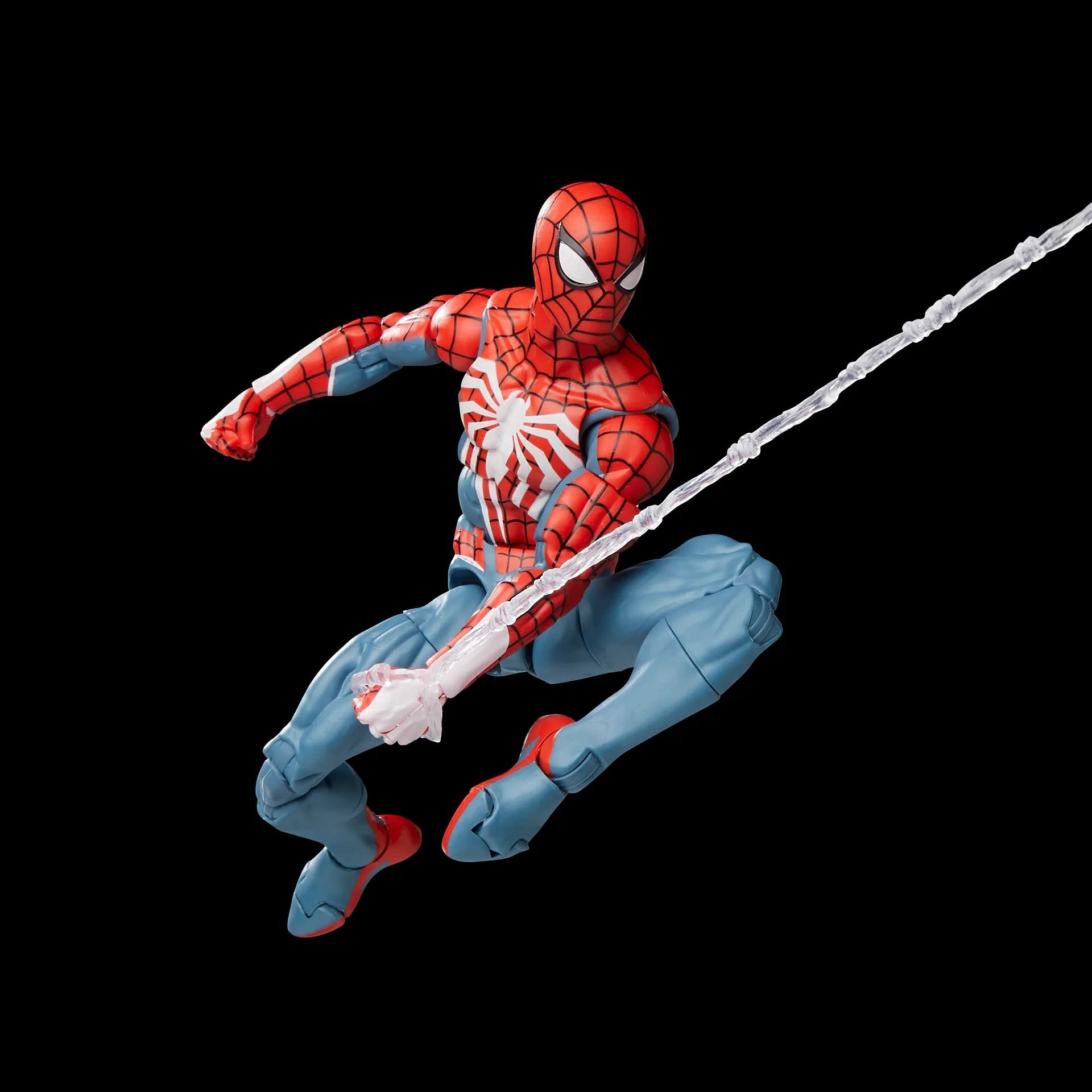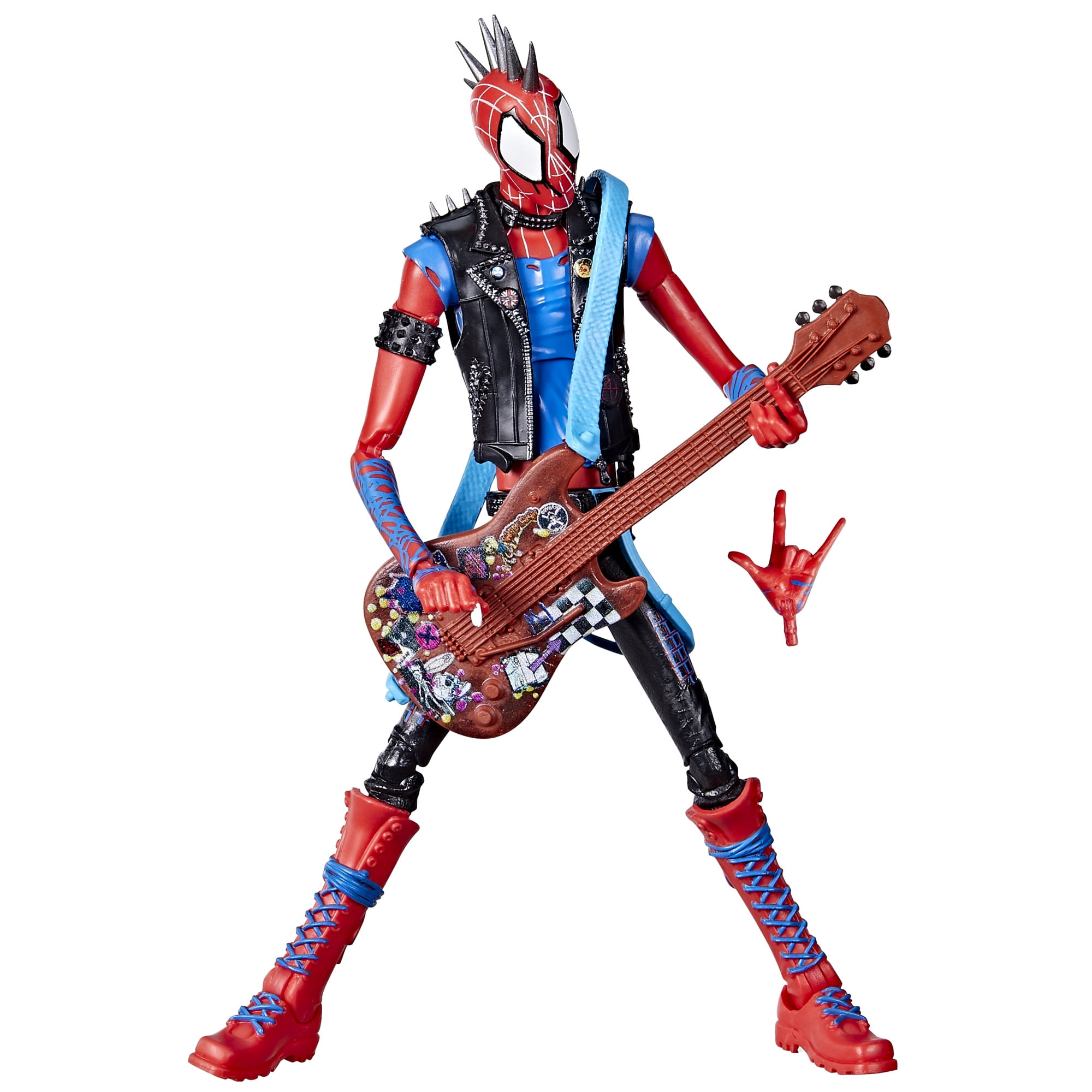The captivating world of figure skating often leaves us breathless, especially when athletes take to the air with such grace and power. It's truly something to behold. The sheer athleticism and precision involved in figure skating jumps are, so, quite astonishing, making them a central part of any performance and a key element for competitive success.
Watching a skater launch themselves skyward, spin multiple times, and land softly on a thin blade is, you know, a feat that seems to defy gravity. These aerial maneuvers aren't just about height or speed; they combine strength, balance, and an incredible sense of timing. Each jump tells a story of dedication and countless hours of practice on the ice.
For those curious about how these incredible actions happen, or perhaps for anyone wanting to appreciate the sport even more, getting a closer look at figure skating jumps is really quite rewarding. We'll explore what makes these moments so special, the different kinds you might see, and some of the science that lets skaters fly.
Table of Contents
- Understanding the Basics of a Jump
- The Six Main Figure Skating Jumps
- The Physics Behind the Spins
- Training for Aerial Excellence
- How to Spot a Well-Done Jump
- The Evolution of Jumps and Future Looks
- Frequently Asked Questions About Figure Skating Jumps
Understanding the Basics of a Jump
Every figure skating jump, you see, has a few core parts that make it work. There's the approach, which is how the skater builds up speed and prepares. Then comes the takeoff, where they push off the ice to get airborne. The flight phase is when all the magic happens in the air, with rotations and body shaping. Finally, there's the landing, a smooth return to the ice on one foot.
The blade of a figure skate has a toe pick at the front, which is, well, kind of like teeth. Skaters use this part for certain jumps to help them launch. The rest of the blade is a long, curved piece of metal, and skaters use its edges – the inside and outside – for other types of jumps. It's a precise tool, really.
Getting these parts right is, you know, what makes a jump successful. A small error in any phase can mean a fall or a wobble. Skaters spend years refining each tiny movement to make their jumps look effortless, which they are not, as a matter of fact.
The Six Main Figure Skating Jumps
There are, basically, six standard figure skating jumps that athletes perform. They are grouped into two main categories: toe jumps and edge jumps. Each one has its own specific entry and takeoff method, making them unique challenges for skaters. It's quite interesting how different they can be, even though they all involve spinning in the air.
Learning to tell them apart is, honestly, a fun part of watching figure skating. Once you know what to look for, you can appreciate the different skills each jump requires. It's like learning the vocabulary of the sport, you know, kind of.
Toe Jumps: Using the Toe Pick
Toe jumps involve using the toe pick to assist in the takeoff. The skater plants the toe pick into the ice and pushes off to gain height and start rotating. These jumps often feel, to the skater, very powerful and explosive. They really use that toe pick for a good push.
- Toe Loop: This jump is often the first multi-rotation jump a skater learns. It starts from a backward outside edge, with the free foot's toe pick assisting the takeoff. The skater rotates once, twice, or even four times in the air. It's, like, a fundamental jump, really.
- Flip: The flip jump takes off from a backward inside edge, again with the free foot's toe pick providing the initial thrust. It's a bit more complex than the toe loop because of the edge used. This jump, you know, requires a good feel for the blade.
- Lutz: The Lutz is considered one of the more challenging toe jumps. It takes off from a backward outside edge, but the skater approaches it on a curve, which means they are spinning in the opposite direction of the curve. This counter-rotation makes it quite tricky to master, so it's a real test of skill.
Understanding the entry edge and the use of the toe pick helps a lot in distinguishing these. The subtle differences in how a skater approaches and leaves the ice make each toe jump its own unique little puzzle to solve. It's, you know, all about the details.
Edge Jumps: Gliding into Air
Edge jumps, by contrast, don't use the toe pick for takeoff. Instead, the skater launches directly from an edge of the blade, relying purely on body momentum and blade pressure. These jumps tend to look, perhaps, a bit more fluid and graceful in their takeoff. They flow right into the air.
- Salchow: The Salchow is an edge jump that takes off from a backward inside edge. The skater swings their free leg forward and around to help initiate the rotation. It's, in a way, a very classic jump, quite elegant to watch.
- Loop: The loop jump, sometimes called a Rittberger, takes off from a backward outside edge. The skater's body is already rotating in the direction of the jump, which can make it feel like a natural extension of a curve. It's a jump that, honestly, looks very smooth when done well.
- Axel: The Axel is, without question, the most distinct and difficult of the single jumps. It is the only jump that takes off from a forward outside edge. Because of this forward takeoff, it has an extra half-rotation in the air compared to other jumps with the same number of spins. A triple Axel, for example, involves three and a half rotations, making it a truly remarkable feat. It's, like, the king of jumps, basically.
The edge jumps really show off a skater's ability to control their body and blade. The Axel, in particular, stands out because of its forward entry. It's a jump that, you know, demands a lot of courage and precision.
The Physics Behind the Spins
How do skaters spin so fast in the air? It's, actually, all about physics, specifically something called angular momentum. When a skater leaves the ice, they have a certain amount of rotational energy. To speed up their spin, they pull their arms and legs in close to their body. This reduces their moment of inertia, making them spin faster. It's a bit like a figure skater pulling their arms in during a spin on the ice, but in the air.
To slow down and land, they extend their limbs again, increasing their moment of inertia and slowing the spin. This control over their body shape is, quite simply, what allows them to manage multiple rotations and land cleanly. It's a very clever use of basic principles, really.
The height of a jump also plays a big part. More height means more time in the air, which gives a skater more opportunity to complete those rotations. So, a powerful takeoff is, you know, pretty important for those big jumps.
Training for Aerial Excellence
Becoming proficient at figure skating jumps takes, well, an incredible amount of practice and dedication. Skaters spend countless hours on the ice, repeating jumps over and over. They also do a lot of off-ice training to build strength, flexibility, and coordination. This includes things like plyometrics, core exercises, and ballet, you know, to help with body control.
Coaches use various methods to help skaters learn and improve their jumps. This often involves breaking down the jump into smaller parts and working on each one individually. They might use harnesses to help skaters get the feel of rotations in the air safely. As one resource might explain, the systematic approach is key to developing complex skills.
The mental aspect is, perhaps, just as important as the physical. Skaters need to be confident and focused to attempt these difficult maneuvers. Overcoming fear and staying positive are big parts of the training process, too. It's a whole package, really, of physical and mental preparation.
How to Spot a Well-Done Jump
When you're watching figure skating, you can look for a few things to tell if a jump was executed well. A good jump should have a clear takeoff, meaning the skater doesn't "cheat" by using the wrong edge or toe pick. The height and distance should be good, showing power. The rotations should be clean and completed in the air, not on the ice.
The landing is, you know, super important. It should be smooth, on one foot, with good balance, and the skater should glide out of it without a wobble or a hand down. The body position in the air should be tight and controlled, a very compact shape for fast spinning. These details, honestly, make a huge difference in how a jump is scored.
Sometimes, coaches and judges even use visual aids, like diagrams or "figures" in instructional materials, to explain the proper technique. According to "My text," the diagrams which help to show or explain information are referred to as figures. This idea applies very well to figure skating, where precise visual representations help skaters understand the exact body positions and trajectories needed for perfect jumps. It's like having a blueprint for aerial success, you know?
For example, just as "Figure1 refers to the image in the main text" in a scientific paper, a coach might use a "Figure 1" diagram to illustrate the precise takeoff angle for a Salchow. These visual explanations are, quite literally, pictures that help show how to perform these amazing feats. They really help to explain information, you see.
The Evolution of Jumps and Future Looks
Figure skating jumps have, over time, become increasingly complex. In the early days, single jumps were the norm. Then came doubles, and now, triples are standard in top-level competition. Quadruple jumps, with four full rotations, are now becoming more common, especially in men's skating. It's a constant push for more difficulty, apparently.
The push for quads has, in some respects, changed the sport quite a bit. Skaters are training harder than ever to land these high-scoring elements. The future might even see quintuple jumps, though that's a truly immense challenge. It's exciting to think about what skaters might achieve next, you know?
The sport is always adapting, with new techniques and training methods helping athletes reach new heights, quite literally. It's a fascinating journey to watch, seeing the boundaries of what's possible continually being pushed. Learn more about figure skating on our site, and link to this page for more detailed technique breakdowns.
Frequently Asked Questions About Figure Skating Jumps
People often have questions about these incredible aerial movements. Here are a few common ones, you know, that come up a lot.
What are the main types of figure skating jumps?
The main types of figure skating jumps are the Toe Loop, Salchow, Loop, Flip, Lutz, and Axel. They are split into two groups: toe jumps (Toe Loop, Flip, Lutz) which use the toe pick for takeoff, and edge jumps (Salchow, Loop, Axel) which launch directly from the blade's edge. Each one has its own specific entry and rotation method, making them distinct challenges.
How do skaters rotate so fast in the air?
Skaters achieve rapid rotation in the air by pulling their arms and legs tightly into their body. This action reduces their body's rotational inertia, causing them to spin much faster due to the conservation of angular momentum. When they prepare to land, they extend their limbs again to slow down the rotation, allowing for a controlled return to the ice.
What is considered the hardest jump in figure skating?
The Axel jump is widely considered the hardest of the single, double, or triple jumps because it is the only jump that takes off from a forward edge. This forward takeoff means it requires an extra half-rotation in the air compared to other jumps with the same number of full spins. For instance, a triple Axel involves three and a half rotations, making it incredibly demanding to execute cleanly.
So, as you can see, figure skating jumps are a blend of art, athleticism, and some pretty cool physics. Each jump, from the basic Toe Loop to the amazing Quad Axel, tells a story of skill and dedication. It's a wonderful part of the sport to appreciate, really.



Detail Author:
- Name : Cindy Aufderhar
- Username : dickens.lila
- Email : gay.roberts@lehner.com
- Birthdate : 1979-08-22
- Address : 8660 Gibson Turnpike Apt. 040 Port Myron, AZ 89335
- Phone : 440-895-6522
- Company : Kuhic-Yost
- Job : Production Inspector
- Bio : Enim eius et id aut dolor ullam voluptas expedita. Dolorem est ut aut minima. Et quae harum et incidunt. Deleniti autem repudiandae dolor sapiente quibusdam occaecati fugit.
Socials
facebook:
- url : https://facebook.com/freddy.bode
- username : freddy.bode
- bio : Dolor laboriosam et blanditiis exercitationem deleniti qui ab.
- followers : 6405
- following : 1086
linkedin:
- url : https://linkedin.com/in/bode2005
- username : bode2005
- bio : Quis vero est dolores mollitia delectus qui in.
- followers : 6325
- following : 2257
instagram:
- url : https://instagram.com/freddybode
- username : freddybode
- bio : Sequi ut quam alias accusantium nostrum. Ipsum soluta consequuntur eveniet recusandae quibusdam.
- followers : 6504
- following : 2332